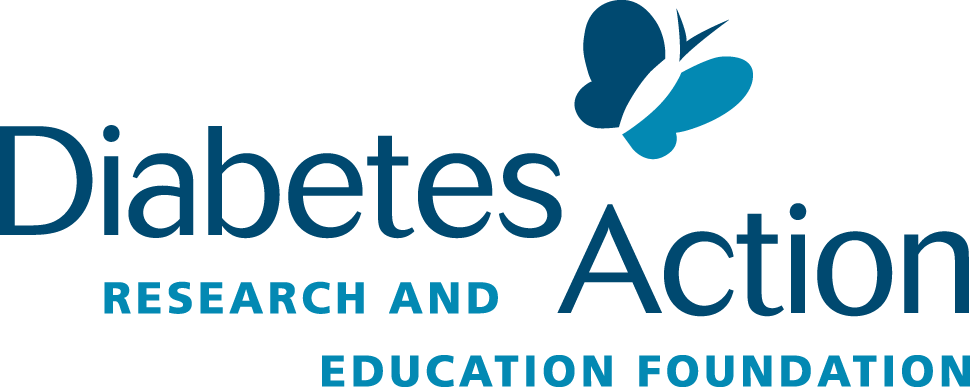
Overview
What is Diabetes?
Diabetes develops when the body cannot properly use the energy provided by food.
When someone without diabetes eats, the body breaks down the food into a type of sugar called glucose. The sugar then enters the blood and causes blood sugar levels to rise. When this happens, the pancreas releases the necessary amount of insulin which allows the sugar to enter the body's cells at the appropriate levels. The level of sugar in the blood then falls to normal levels and the body cells use the sugar as fuel.
However, when someone has diabetes, this cycle does not work because either not enough insulin is released or the insulin does not work properly to allow sugar to enter the body’s cells. Because the sugar has built up in the bloodstream instead of being used by body cells, the blood sugar levels do not fall. Body cells now lack enough sugar to use as fuel because the sugar stays in the bloodstream.
Types of Diabetes
The main types of diabetes include type 1 and type 2. Additional types include gestational diabetes and type 1.5 or LADA (Latent Autoimmune Diabetes in Adults).
TYPE 1
Often begins in childhood
May also begin in adulthood (known as LADA – see below)
The body makes little to no insulin
Insulin injections are required
Oral medications may supplement insulin
Symptoms – almost always come on suddenly
Weakness and fatigue
Frequent urination
Increased thirst
Increased hunger
Weight loss
Possible Causes
Family history of type 1 diabetes
Environmental factors such as a viral infection that injures the pancreas
Autoimmune condition that destroys the insulin-making islet cells of the pancreas
TYPE 2
More common than type 1 diabetes
Typically begins over age 40 but now being seen in children at an alarming rate
The body may make insulin but either not enough or the body cannot use it
Can often be managed by nutrition and lifestyle changes alone
Supplemental insulin/oral medication may be necessary
Symptoms – may develop over a long period of time
Weakness and fatigue
Dry, itchy skin
Numbness, tingling of hands/feet
Frequent infections
Slow healing cuts and sores
Blurry eyesight
Frequent urination
Increased thirst
Increased hunger
Risk Factors
Over 40 years old
Overweight
Sedentary
Family history
Had gestational diabetes
High blood pressure
African, Hispanic, or Native American
GESTATIONAL DIABETES
Develops during pregnancy
Women over 30 years of age with a family history have the greatest risk of developing
If occurs in one pregnancy, more likely to occur in later pregnancies
40-60% of those who had gestational diabetes may develop type 2 diabetes in the next 15-20 years. This risk can be reduced with exercise and weight maintenance.
TYPE 1.5 OR LADA (LATENT AUTOIMMUNE DIABETES IN ADULTS)
An autoimmune diabetes like type 1, but symptoms appear more slowly
Often misdiagnosed as type 2 diabetes due to similar symptoms and begins in adulthood (usually over age 30)
Occurs in approximately 10% of all people with diabetes
Insulin injections may not be required for many months or even years after diagnosis
